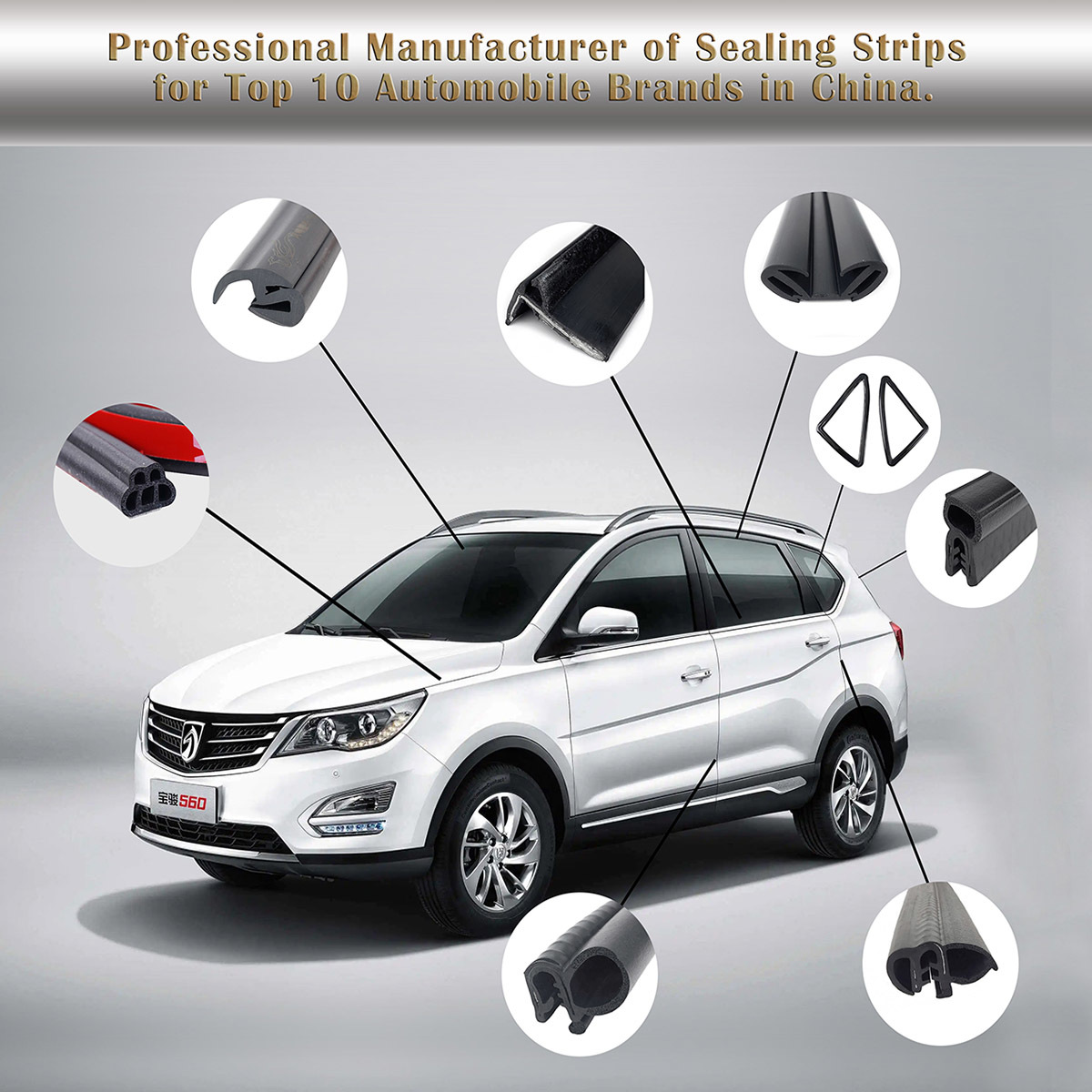How to Select the Right Impact Protection Buffer: A Comprehensive Guide
2025-11-18

**How to Select the Right Impact Protection Buffer: A Comprehensive Guide**
Impact protection buffers, often simply called bumpers or buffers, are critical components in safeguarding equipment, infrastructure, and vehicles from collision damage. Selecting the wrong type can lead to inadequate protection, frequent replacements, and increased costs. This guide outlines the key factors to consider when choosing the right buffer for your application.
**1. Define the Application and Environment**
The first and most crucial step is to understand where and how the buffer will be used.
* **Industry & Location:** Is it for:
* **Material Handling:** Forklifts, conveyor systems, automated guided vehicles (AGVs)?
* **Industrial Machinery:** Robotic arms, machine guards, production line equipment?
* **Maritime & Docking:** Boats, ships, docks (here, they are called **fenders**)?
* **Transportation & Automotive:** Truck docks, parking garages, car bumpers?
* **Commercial & Public Spaces:** Gym equipment, furniture, protective wall pads?
* **Environmental Conditions:**
* **Indoor vs. Outdoor:** Outdoor use requires materials resistant to UV rays, ozone, and extreme temperatures.
* **Chemical Exposure:** Will it contact oils, solvents, or other chemicals?
* **Temperature Range:** What are the minimum and maximum operating temperatures?
**2. Evaluate Performance Requirements**
Determine the level of impact the buffer needs to absorb.
* **Impact Force & Energy Absorption:** Calculate or estimate the kinetic energy of the impacting object (based on its weight and speed). Buffers are rated for their energy absorption capacity, often in Joules or foot-pounds.
* **Load Type:**
* **Static Load:** Constant pressure (e.g., a machine resting on buffers).
* **Dynamic Load:** Sudden impact or shock (e.g., a forklift hitting a wall).
* **Abrasion Resistance:** How much wear and tear from friction will it endure?
**3. Choose the Right Material**
The material defines the buffer's performance characteristics.
| **Rubber** | Good general impact absorption, durable, cost-effective. | Warehouse docks, forklift bumpers, general machinery. |
| **Polyurethane** | Excellent abrasion and tear resistance, higher load capacity than rubber. | Heavy-duty applications, high-wear areas, robotic arms. |
| **Neoprene** | Good resistance to oils, chemicals, and weathering. | Automotive, outdoor machinery, environments with chemical exposure. |
| **Nylon** | Extremely high strength and rigidity, low friction. | Guides, slides, and wear pads rather than primary impact absorption. |
| **Foam & Sponge** | Lightweight, excellent for low-force cushioning and sealing. | Electronics packaging, lightweight doors, sound dampening. |
| **Elastomers** | Highly customizable properties for specific shock absorption needs. | Precision equipment, vibration isolation, specialized industrial uses. |
**4. Determine the Size, Shape, and Hardness**
* **Size & Shape:** The physical dimensions must suit the available space and the point of impact. Common shapes include:
* **Cylindrical** (round bars)
* **Rectangular** (blocks)
* **Angle** (for corners)
* **D-Shaped** (with a flat mounting surface)
* **Hardness (Durometer):** Measured on the Shore A or Shore D scale, hardness indicates the material's resistance to indentation.
* **Softer** (lower Shore A) buffers absorb more energy but may wear faster.
* **Harder** (higher Shore A) buffers are more durable but may transfer more force.
**5. Select the Mounting Method**
How the buffer is attached is vital for its effectiveness and longevity.
* **Bolt-On / Screw-On:** Most secure method for heavy-duty and permanent applications.
* **Adhesive-Backed:** Easy and quick installation for lighter-duty uses on clean, flat surfaces.
* **Snap-On / Slide-On:** For easy installation and replacement on rails or channels.
* **Press-Fit:** For buffers designed to be pressed into a pre-drilled hole.
**Conclusion: A Step-by-Step Selection Summary**
1. **Identify:** Clearly define the application, object to be protected, and type of impact.
2. **Analyze:** Assess the environmental conditions (temperature, chemicals, UV exposure).
3. **Specify:** Determine the required performance (energy absorption, load type).
4. **Choose:** Select the appropriate material, size, shape, and hardness based on steps 1-3.
5. **Install:** Confirm the most secure and practical mounting method for your setup.
By systematically following this selection process, you can ensure that you choose an impact protection buffer that effectively prolongs the life of your equipment, enhances safety, and reduces maintenance costs.
---
Previous:
The next one:






